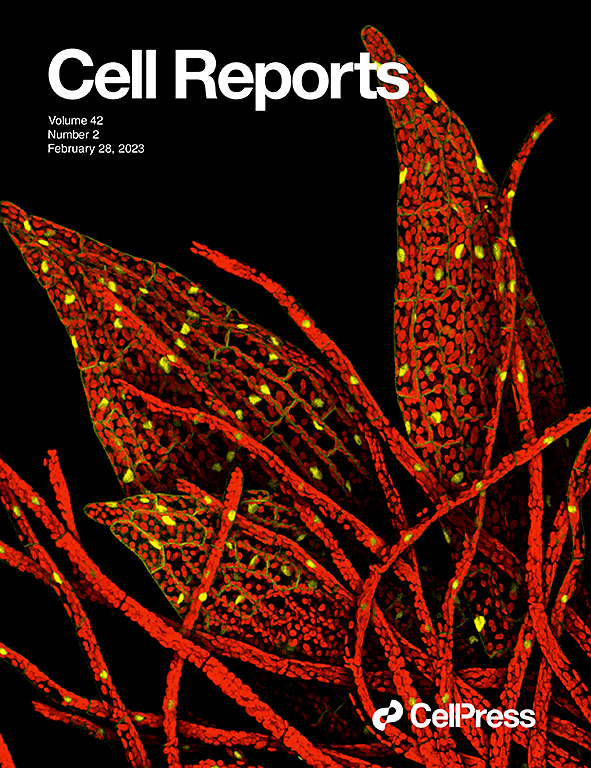Cell Reports 2023 Feb 28;42(3):112191. DOI: 10.1016/j.celrep.2023.112191
Single-cell transcriptomic profiling redefines the origin and specification of early adrenogonadal progenitors
Yasmine Neirijnck1, Pauline Sararols2, Françoise Kühne2, Chloé Mayère2, Lahiru Chamara Weerasinghe Arachchige3, Violaine Regard2, Serge Nef4, Andreas Schedl5
Affiliations
1Department of Genetic Medicine and Development, University of Geneva, 1211 Geneva, Switzerland; Université Côte d’Azur, CNRS, INSERM, IBV, 06108 Nice, France
2Department of Genetic Medicine and Development, University of Geneva, 1211 Geneva, Switzerland
3Université Côte d’Azur, CNRS, INSERM, IBV, 06108 Nice, France
4Department of Genetic Medicine and Development, University of Geneva, 1211 Geneva, Switzerland
5Université Côte d’Azur, CNRS, INSERM, IBV, 06108 Nice, France
Abstract
Adrenal cortex and gonads represent the two major steroidogenic organs in mammals. Both tissues are considered to share a common developmental origin characterized by the expression of Nr5a1/Sf1. The precise origin of adrenogonadal progenitors and the processes driving differentiation toward the adrenal or gonadal fate remain, however, elusive. Here, we provide a comprehensive single-cell transcriptomic atlas of early mouse adrenogonadal development including 52 cell types belonging to twelve major cell lineages. Trajectory reconstruction reveals that adrenogonadal cells emerge from the lateral plate rather than the intermediate mesoderm. Surprisingly, we find that gonadal and adrenal fates have already diverged prior to Nr5a1 expression. Finally, lineage separation into gonadal and adrenal fates involves canonical versus non-canonical Wnt signaling and differential expression of Hox patterning genes. Thus, our study provides important insights into the molecular programs of adrenal and gonadal fate choice and will be a valuable resource for further research into adrenogonadal ontogenesis.
DOI: 10.1038/s41467-023-36644-4

